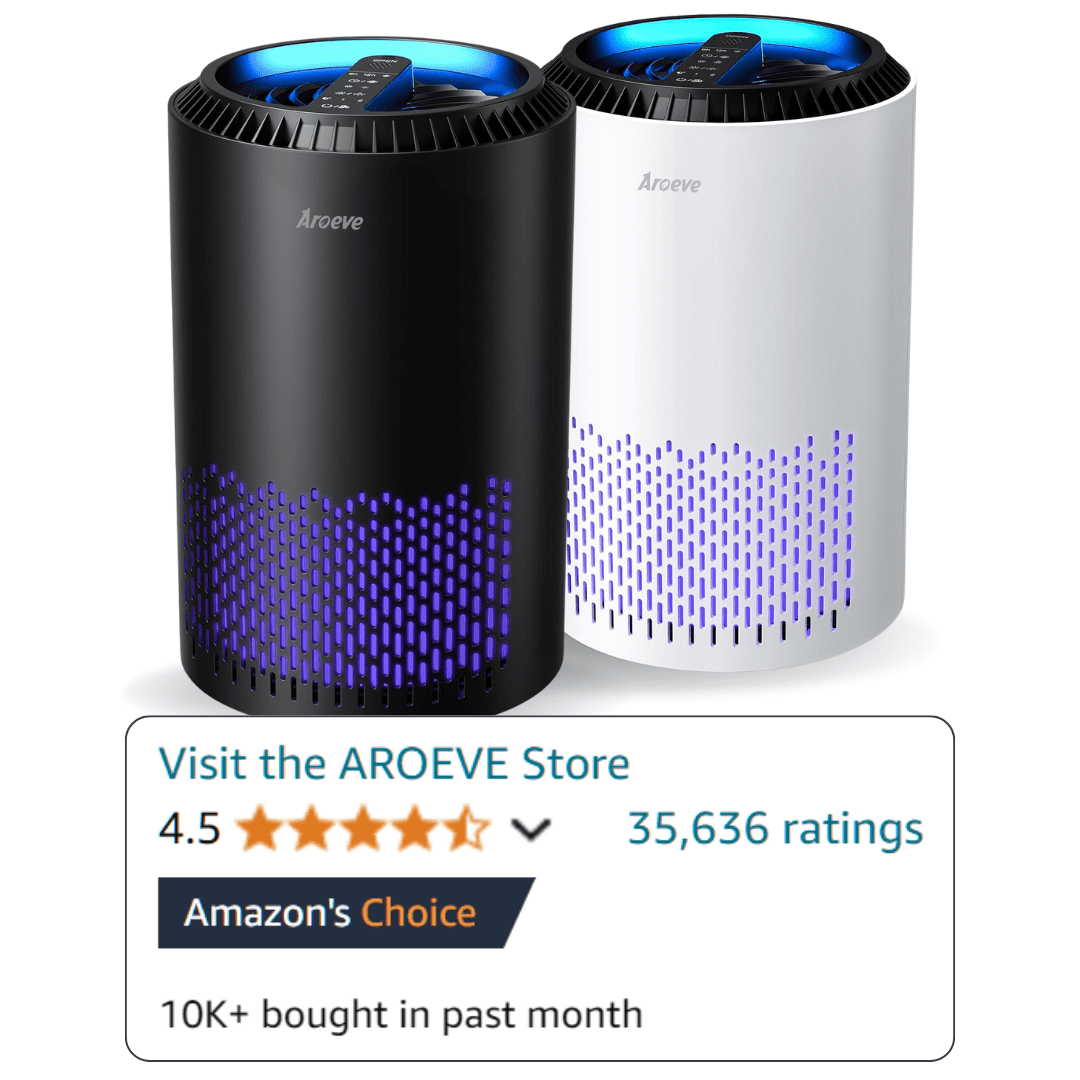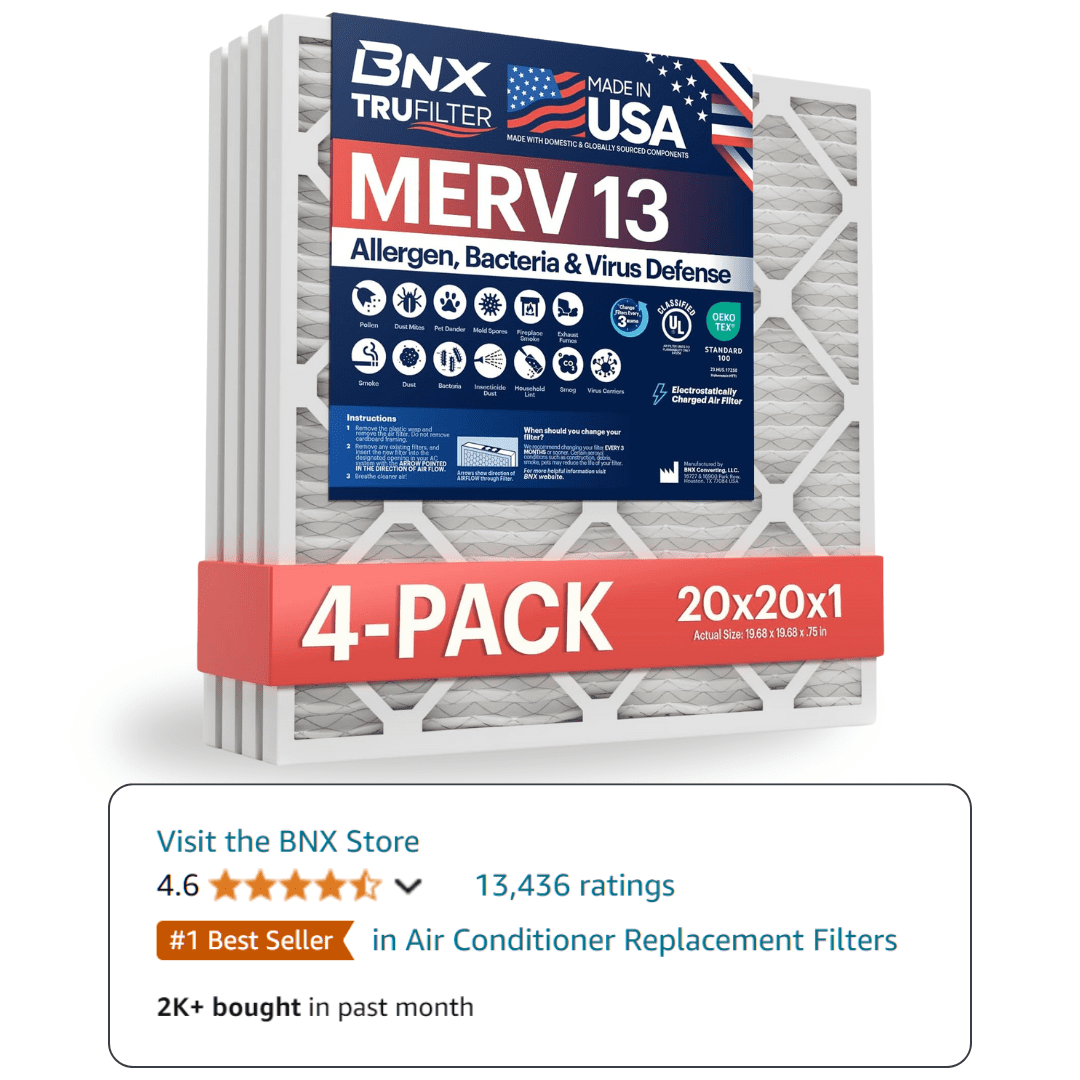Wondering how to test home humidity without a tool? You’re not alone.
Many homeowners and renters want to check their indoor humidity but don’t have a hygrometer handy.
The good news? There are several easy, accurate ways to estimate the humidity level in your house; no fancy gadgets required. In this guide, you’ll learn simple DIY methods, what ideal humidity really means, and how to know if your air is too moist or dry.
Why Monitoring Home Humidity Matters
Your home’s comfort and safety depend on its humidity level. High humidity can encourage mold growth and dust mites, which trigger allergies and damage your belongings. Low humidity brings its own problems, like dry skin, irritated sinuses, and static electricity.
- High humidity risks: Mold, mildew, dust mites, warped furniture, musty odors.
- Low humidity risks: Dry and itchy skin, increased static shocks, cracked wood floors or furniture, irritated nose and throat.
Experts recommend keeping indoor humidity in the ideal humidity range of 40–60%. This range is healthiest for both people and homes (IAQ Works, EPA).
5 DIY Ways to Check Humidity Without a Hygrometer
1. The Ice Cube Test (Condensation Check)
- Put 3–4 ice cubes in a glass with water.
- Place the glass in the room you want to test. Wait 4 minutes.
- Check the outside of the glass:
- If beads of water form (condensation): The air is fairly humid.
- If there’s no condensation: The air is likely dry.
This quick method uses basic science. Water vapor in humid air sticks to the cold glass, forming droplets. In drier rooms, this won’t happen as much.
2. The Wet & Dry Bulb Thermometer Method
- Take two identical thermometers.
- Wrap one bulb with a damp cloth or tissue (the “wet bulb”).
- Fan both thermometers for about 5 minutes.
- Note the temperature difference:
- The larger the gap, the drier the air.
- Small or no gap means higher humidity.
This method mimics how old-school humidity checkers work. Evaporation cools the wet bulb more in dry air, less in humid.
3. Hair or Paper Test (Expansion/Contraction)
- Hair: Human hair becomes longer in high humidity, shorter when dry. Stretch a strand and attach it between two points—you might notice slight changes in length on humid vs. dry days.
- Paper: Thin paper (like notecards or a magazine page) curls or warps as it absorbs moisture. Notice if books, cards, or wallpaper edges seem wavy or swollen during muggy weather.
Tip: Homeowners in states like Florida often see wallpaper seams lifting when humidity is high, while in winter, homes in Minnesota may see paper and books staying crisp due to very dry air.
4. Observe Physical Signs in Your Home
- High Humidity: Foggy windows, musty smells, peeling paint or wallpaper, visible mold growth, damp spots, mildew in bathrooms.
- Low Humidity: Frequent static electricity, dry/cracked skin, scratchy throat, houseplants drying out, wood floors cracking.
If you’re seeing condensation on windows every morning, or smelling “damp basement” odors, your air is likely too humid. Static shocks or chapped lips at home are signs your air might be too dry.
5. Use Your Smartphone (Indirect Methods)
- Weather apps: Many weather apps show the current outdoor humidity in your area. While this is NOT your indoor reading, it can hint at what you might expect indoors, especially if windows are open. Search for “humidity near me” in your favorite weather app.
- Online calculators: Some websites let you estimate indoor humidity using temperature and outside humidity data.
- Measure humidity with phone: Most smartphones, including iPhones, cannot directly measure indoor humidity since they lack a built-in sensor. Some Android phones include temperature/humidity sensors, but these are rare.
If you’re searching for “measure humidity with phone” or want to know if a mobile app can act as a humidity checker, the answer is usually no for indoor readings—though these apps can estimate using local weather data.
How Accurate Are These DIY Methods?
While these techniques help you test home humidity without a tool, they’re best for rough estimates—not exact measurements. Factors like air movement and temperature shifts can impact results. For precise, easy-to-track humidity, a dedicated humidity checker (hygrometer) is best, and surprisingly affordable. If you notice persistent problems—mold, hard-to-manage dryness—it may be worth investing in a basic humidity monitor.
According to the EPA, regular monitoring can help maintain proper indoor air quality, especially in climates with seasonal swings.
Signs Your Home Humidity Is Too High or Low
Not sure how to tell if your house is dry or humid? Watch for these common symptoms:
- Too High: Peeling or bubbling wallpaper, condensation on windows, damp spots, visible mold growth, musty odors.
- Too Low: Cracked wooden furniture or floors, constant static shocks, dry throat, itchy eyes, nosebleeds, struggling houseplants.
If you regularly notice these signs, your home’s air may be out of the ideal humidity range.
When to Consider Professional Air Quality Testing
If these DIY methods and checks point to ongoing humidity problems—persistent condensation, frequent static, mold outbreaks—it’s smart to consider professional home air quality testing. Experts can pinpoint hidden moisture sources or ventilation problems, which is especially important if someone in your home has allergies or asthma. For more on why and when to call the pros, check out this complete air quality testing guide from IAQ Works.
DIY Humidity Testing Tips: Key Takeaways
Learning how to test home humidity without a tool is quick, free, and useful for anyone worried about home comfort or indoor air quality. Simple signs—from condensation to static—signal when it’s time to take action. While these tricks offer fast answers, nothing beats a dedicated humidity checker for peace of mind.
Don’t hesitate to explore professional testing if you have stubborn humidity issues or health concerns. Your comfort and your home are worth it.



